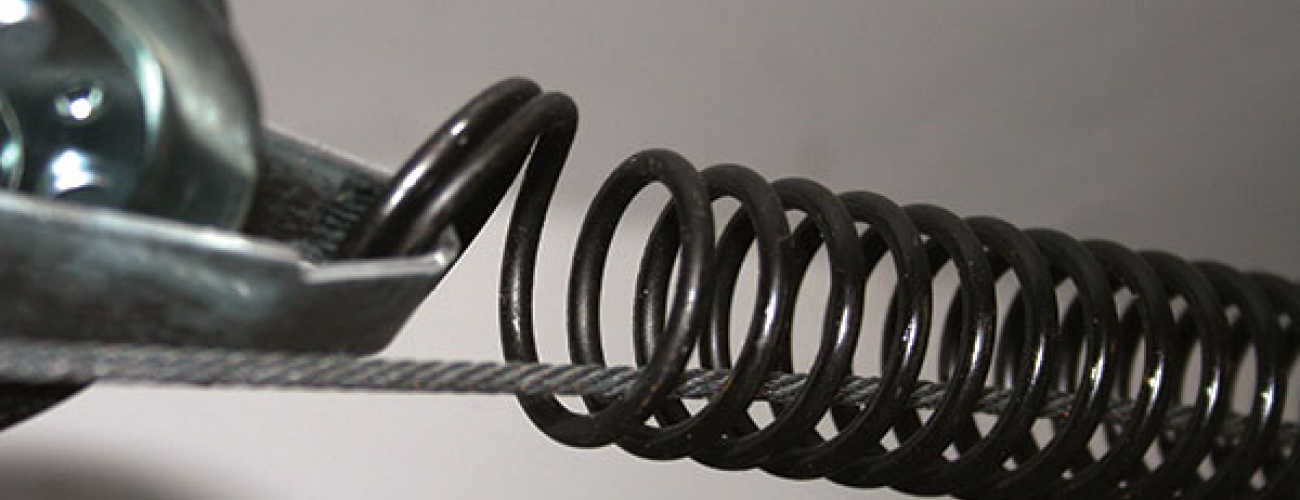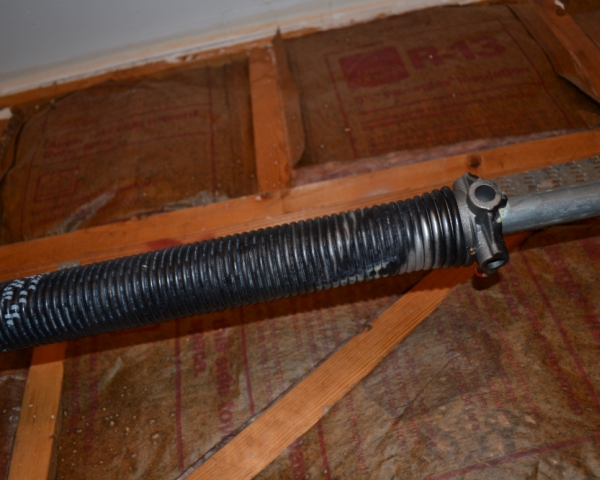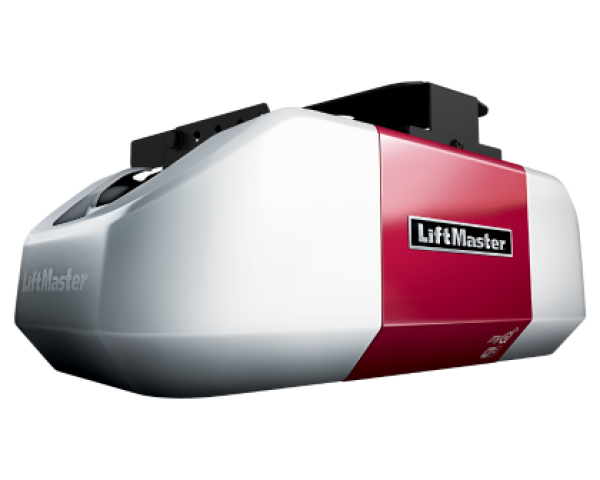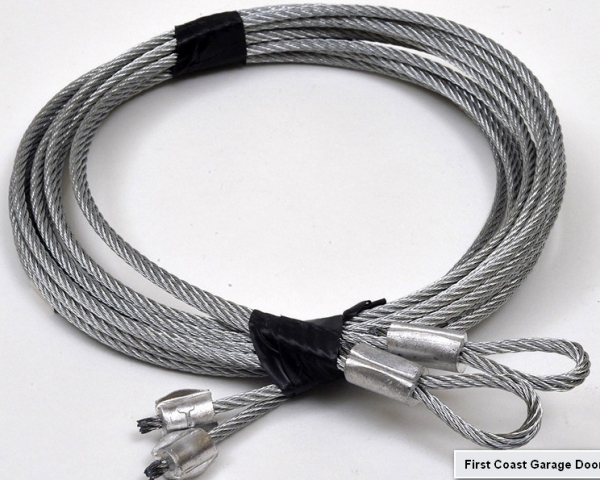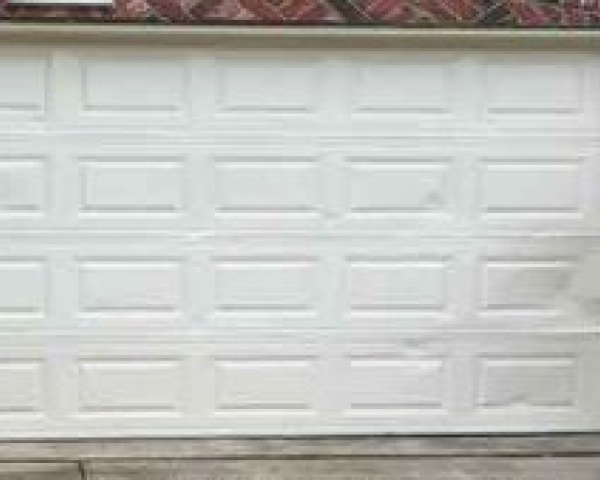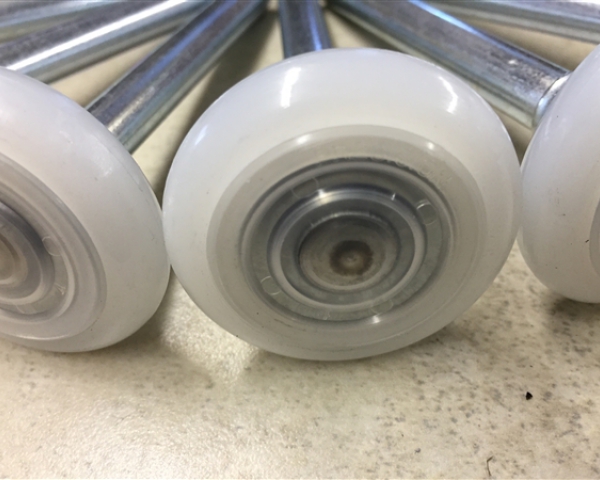A garage door spring is one of the most important parts of the opening system. It is a mechanism that allows you to lift the door easily and with no extra energy and has a lifetime measured by cycles (the door going up and down once). Most common garage door springs are rated by the number of life cycles. For the torsion springs, the number of life cycles ranges from 10,000 to 100,000, for the extension springs the number of cycles ranges from 10,000 – 15,000 cycles. Besides lifetime, torsion and extension springs differ in purpose, implementation, and cost.
Torsion garage door springs are the most common springs and use rotation force to perform its function. They are located just above your garage door and each time you open or close the door, torsion spring helps you to complete the cycle smoothly, safely, and quietly. They usually have a bigger number of life cycles than the extension springs and cost more. But by making a bigger investment you will get a bigger number of service years, which in the long-distance will save you more.
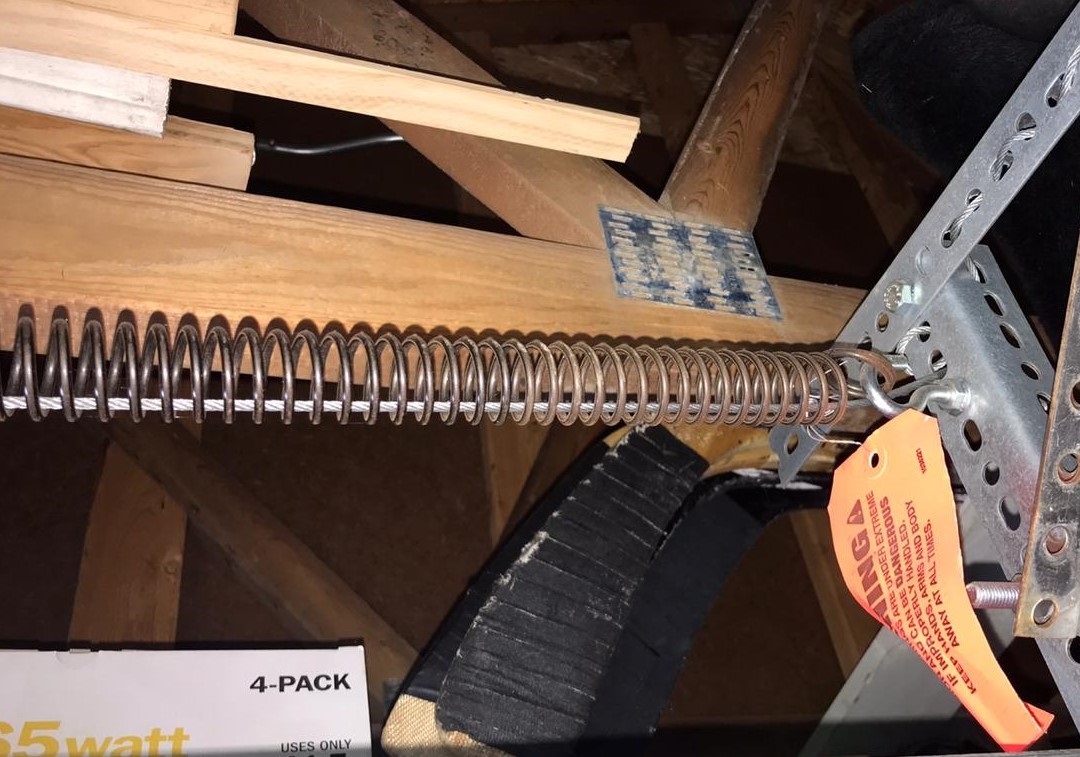
Extension garage door springs are also designated “tension” or “stretch” springs. They are normally found in the upper horizontal tracks on both sides of the garage door. This type of spring is commonly used with a low headroom making it infeasible to install torsion garage door springs. Typically, there are only three types of extension garage door springs are used in the industry: clipped ends, double loops, and open loops.
Extension garage door springs use counterbalance to support a door during the open/close cycle. When you open and close your garage door, the extension spring compresses and decompresses. They are typically less expensive than the torsion springs, but the number of life cycles is less.
